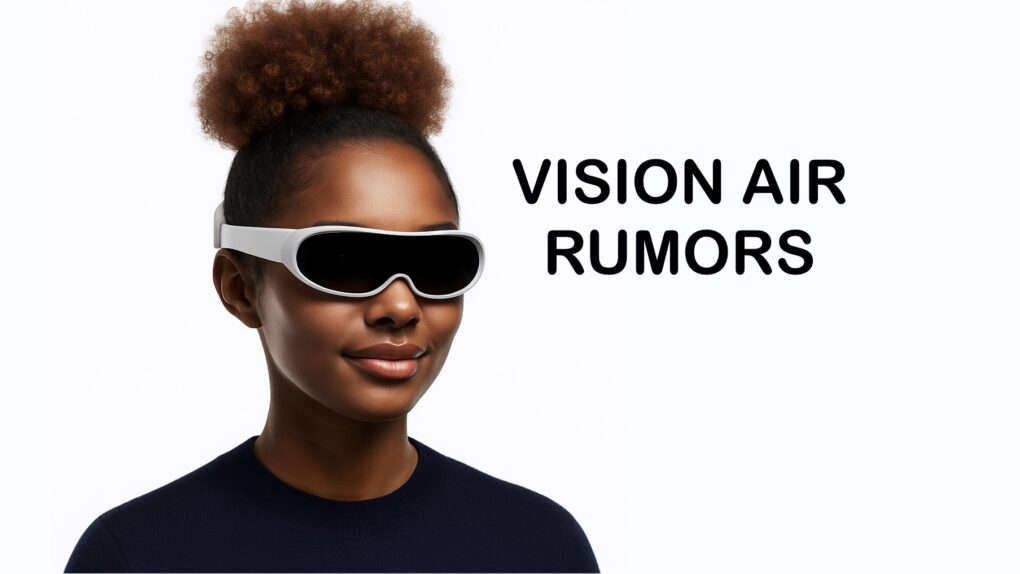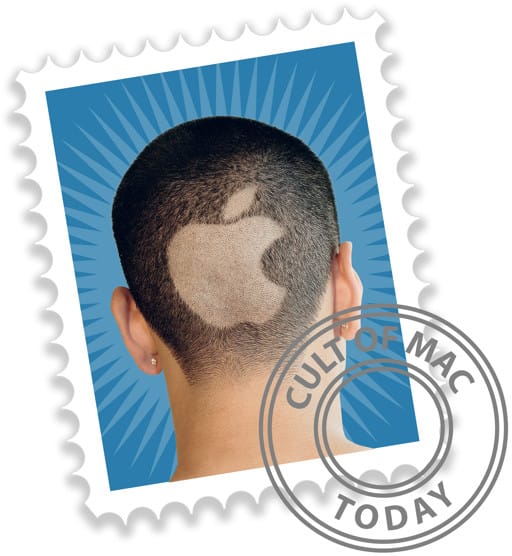The Vision Air is on the drawing board at Apple, according to a trusted analyst. This more consumer-friendly version of the Vision Pro AR headset reportedly will weigh less and cost less. But it won’t be out soon.
At the same time, Apple is also working on its first foray into smart glasses. These are also supposedly still years away, though.
Rumors says Apple Vision Air joining Vision Pro … eventually
“Apple views head-mounted devices as the next major trend in consumer electronics,” wrote Ming-Chi Kuo, an analyst with TF International Securities, on Sunday. The iPhone maker poured years of effort and money into developing the Vision Pro headset, and produced a cutting-edge product. However, the headset’s hefty $3,500 price tag keeps demand low.
But there’s hope for those who want a more affordable version. A Vision Air version will come at a “significantly lower price point than Vision Pro,” according to Kuo. To lower the cost, the device will run on an iPhone chip rather than a Mac-grade processor. Plus, it will include fewer sensors.
The headset reportedly will weigh 40% less, which should put it at about 0.8 pounds.
“Weight reduction achieved through glass-to-plastic replacement, extensive magnesium alloy use (titanium alloy deemed too expensive), and reduced sensor count,” said Kuo.
Before you grab your wallet, the analyst also says that mass production of the Vision Air AR headset won’t begin until the third quarter of 2027.
In the near term, Apple plans a chip-and-ship update to the current Vision Pro for release later this year, according to Kuo. This will upgrade the M2 processor to an M5 chip, with no other changes.
This is “aimed at maintaining market presence, developing the ecosystem, reducing component inventory, and exploring XR headset applications,” the analyst said.
Wait for Apple smart glasses might stretch into 2027
Apple apparently isn’t putting all its eggs in one basket. It’s reportedly also working on smart glasses after a team-up between Meta and Ray-Ban revealed consumer interest. This class of head-mounted device can take pictures and video as well as play music.
A report out this spring said Apple will release its first smart glasses in 2026, but Kuo says the launch is further away. Mass production supposedly isn’t scheduled to begin until spring 2027.
Don’t confuse this product with Vision Air. As Kuo notes, the first generation of Apple smart glasses won’t even have a screen. They will be controlled with voice commands and gestures.
“Core features include: audio playback, camera, video recording, and AI environmental sensing,” said the analyst.
If all goes well, the second half of 2028 would bring an upgraded version with a built-in display. Over time, the Vision line of AR headsets will get lighter and cheaper while Apple’s smart glasses will become more powerful.


